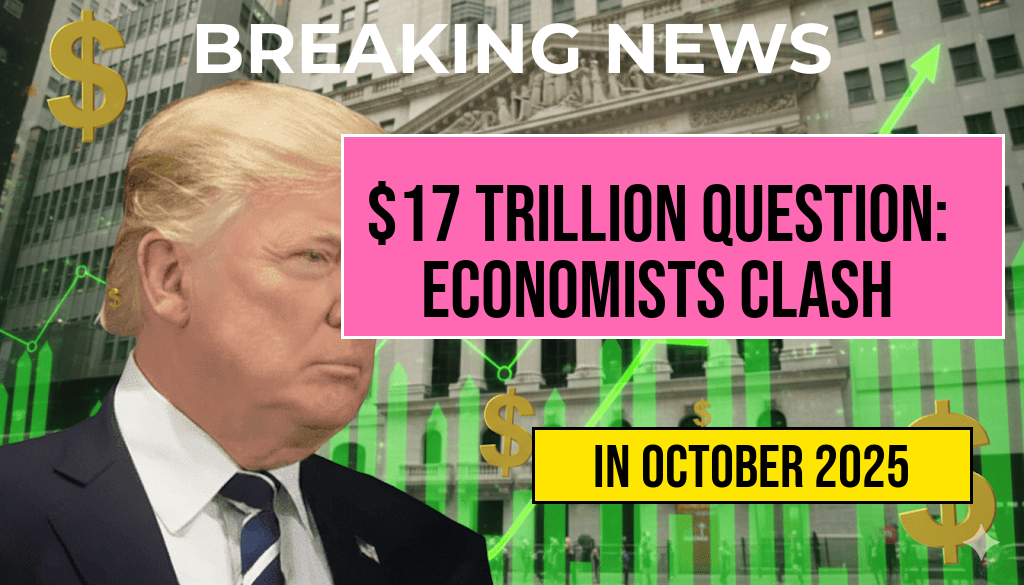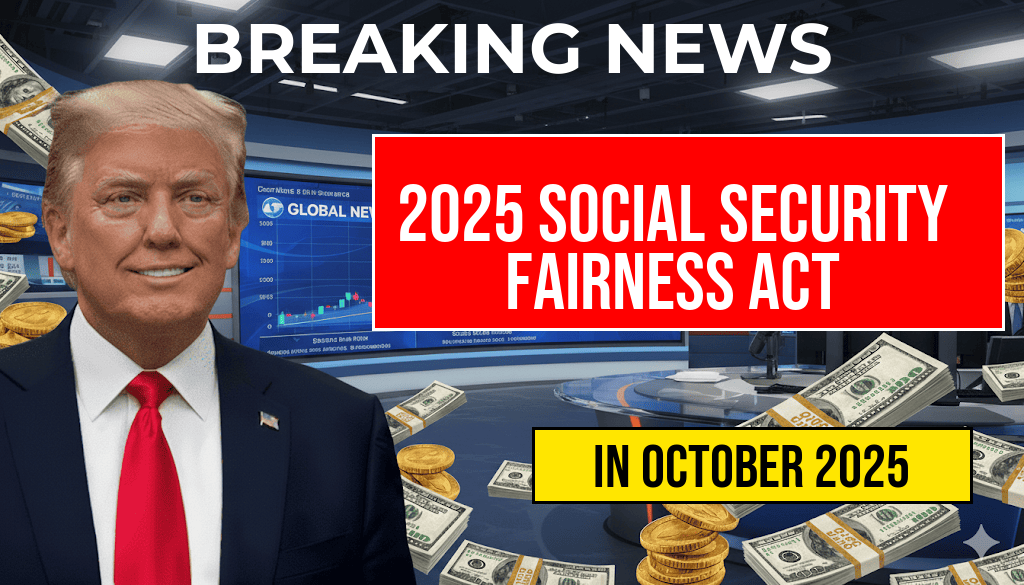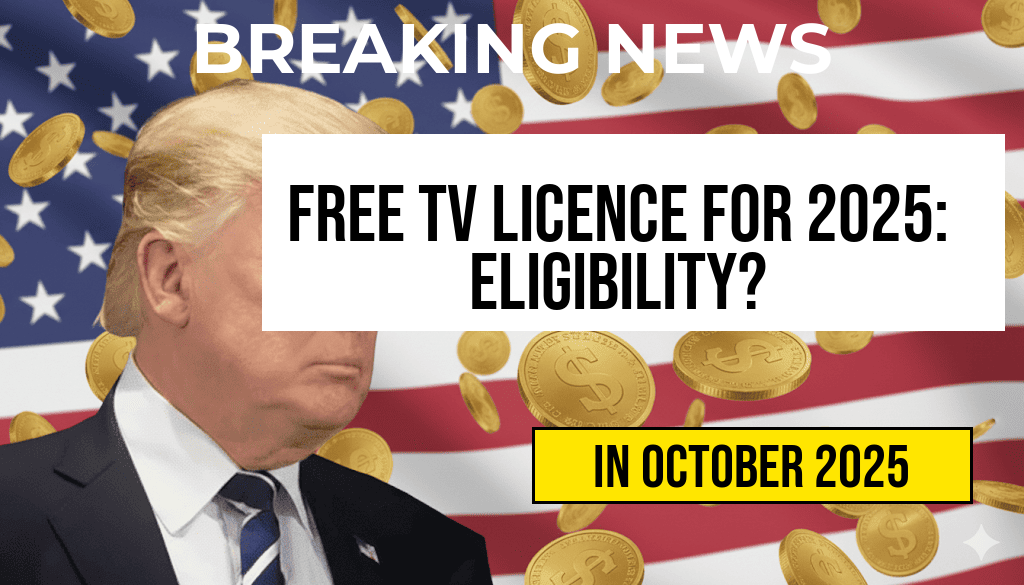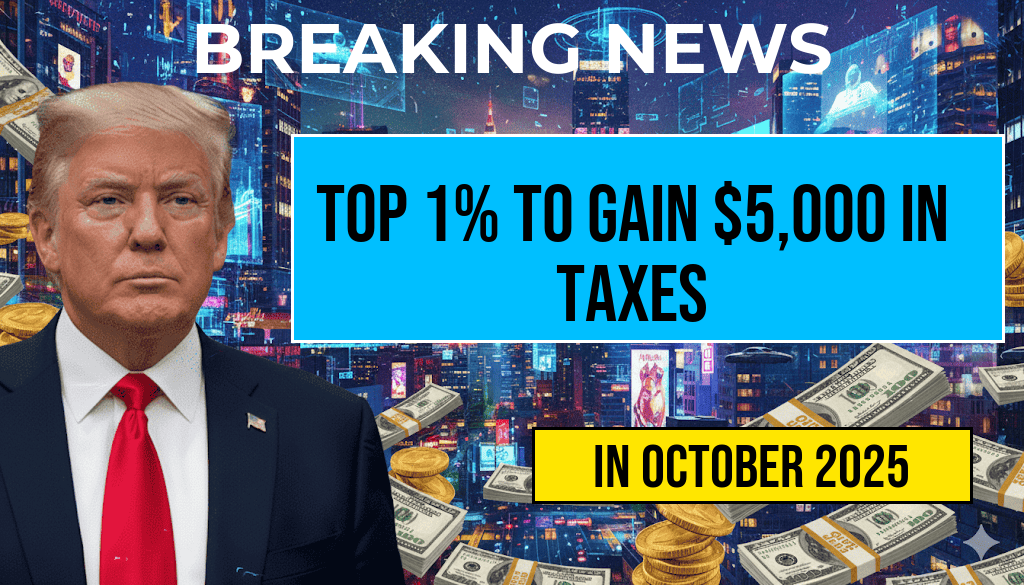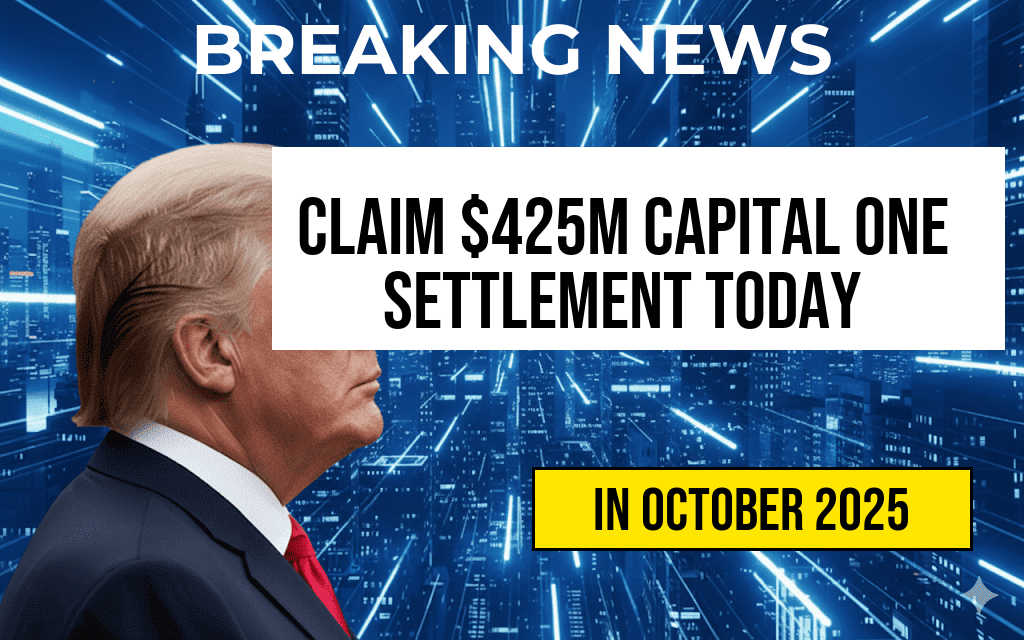The federal government announced a significant change to its broadcasting policy for 2025, unveiling plans to provide free TV licences to eligible households across the country. This initiative aims to ease financial burdens for seniors and low-income families while ensuring continued access to essential news, entertainment, and educational programming. Starting next year, millions of Americans who meet specific criteria will no longer have to pay the annual fee required by most television licensing authorities. The move has sparked widespread discussion about eligibility requirements, funding implications, and the broader impact on public broadcasting services.
Details of the Free TV Licence Program for 2025
The new policy, announced by the Department of Communications and Digital Services, will roll out nationwide in January 2025. Under the plan, households classified as low-income or senior citizens will be eligible to receive a complimentary TV licence that covers all standard broadcasting services. This measure is designed to support vulnerable populations and promote equitable access to information and entertainment, especially as digital media consumption continues to rise.
Who Qualifies for Free TV Licences?
| Criteria | Details |
|---|---|
| Age | Households with at least one member aged 65 or older |
| Income | Households with annual income below $25,000 |
| Supplemental Benefits | Recipients of federal assistance programs such as SNAP or Medicaid |
| Residency | Must be residents of the country for at least one year |
Individuals and families who meet these criteria will need to apply through their local licensing authority or online portal. Applications are expected to open in the coming months, with guidelines available on the official government website.
Implementation Timeline
The government plans to phase in the free licence program over the course of 2024, allowing agencies to process applications and establish infrastructure. Starting January 2025, eligible households will automatically receive notices and instructions on how to claim their free licences. The transition aims to be seamless, with minimal disruption to existing broadcasting services.
Funding and Budget Considerations
The initiative is projected to cost approximately $200 million annually, funded through reallocations within the Department of Communications budget. Officials have emphasized that the program is designed to be sustainable by targeting only qualifying households and leveraging existing administrative frameworks. Critics, however, raise concerns about long-term funding stability and the potential impact on public broadcasting funding pools.
Public Response and Industry Impact
Many advocacy groups have praised the announcement, citing it as a positive step toward reducing digital inequality. “Ensuring that seniors and low-income families can access vital information without added costs is a commendable move,” said Sarah Johnson, director of the Digital Equity Foundation.
Broadcasting companies and service providers are also observing the policy closely, as it could influence future licensing and subscription models. Some industry insiders suggest that the policy might encourage further innovations in digital content distribution to complement traditional TV services.
How to Determine if You Qualify
Eligible households are encouraged to review the official eligibility checklist and prepare necessary documentation such as proof of income, age, and residency. Important steps include:
- Visit the official government portal dedicated to the TV licence application.
- Gather supporting documents, including income statements or benefit award letters.
- Complete the online or paper application form by the designated deadline.
For more information on the eligibility process and application deadlines, visit the [Federal Communications Commission](https://www.fcc.gov/) or [U.S. Census Bureau](https://www.census.gov/).
Implications for Consumers and Broader Media Access
The transition to free licences for qualifying households underscores a broader shift toward equitable access to media resources. As digital and traditional broadcasting intersect, policymakers aim to bridge gaps that often leave vulnerable populations behind. While the policy primarily targets older adults and low-income earners, it also raises questions about future expansions to other demographic groups and the evolving landscape of media consumption.
As the program unfolds, updates and changes will be communicated through official channels. Eligible households are advised to stay informed and prepare their applications ahead of the 2025 implementation date to ensure uninterrupted access to television programming.
Frequently Asked Questions
Who is eligible for the free TV licence in 2025?
Individuals aged 75 and above who meet the eligibility criteria set by the government can qualify for the free TV licence in 2025. Additionally, certain low-income households and those receiving specific state benefits may also be eligible.
How do I determine if I qualify for the free TV licence?
You can check your qualification status by visiting the official government website or contacting TV licensing authorities. They provide eligibility criteria and an online tool to help you verify if you qualify for the free TV licence.
When will the free TV licence be available in 2025?
The free TV licence will be officially available starting January 1, 2025. It is recommended to apply in advance to ensure a seamless transition and to avoid any disruption in licence coverage.
What documents do I need to apply for the free TV licence?
Applicants typically need to provide proof of age, residency, and benefit entitlement if applicable. Common documents include passport, benefit award letters, and proof of address.
Are there any costs associated with applying for the free TV licence?
No, there are no costs to apply for the free TV licence if you meet the eligibility criteria. The government has announced this initiative to support eligible households without any fee involved.


